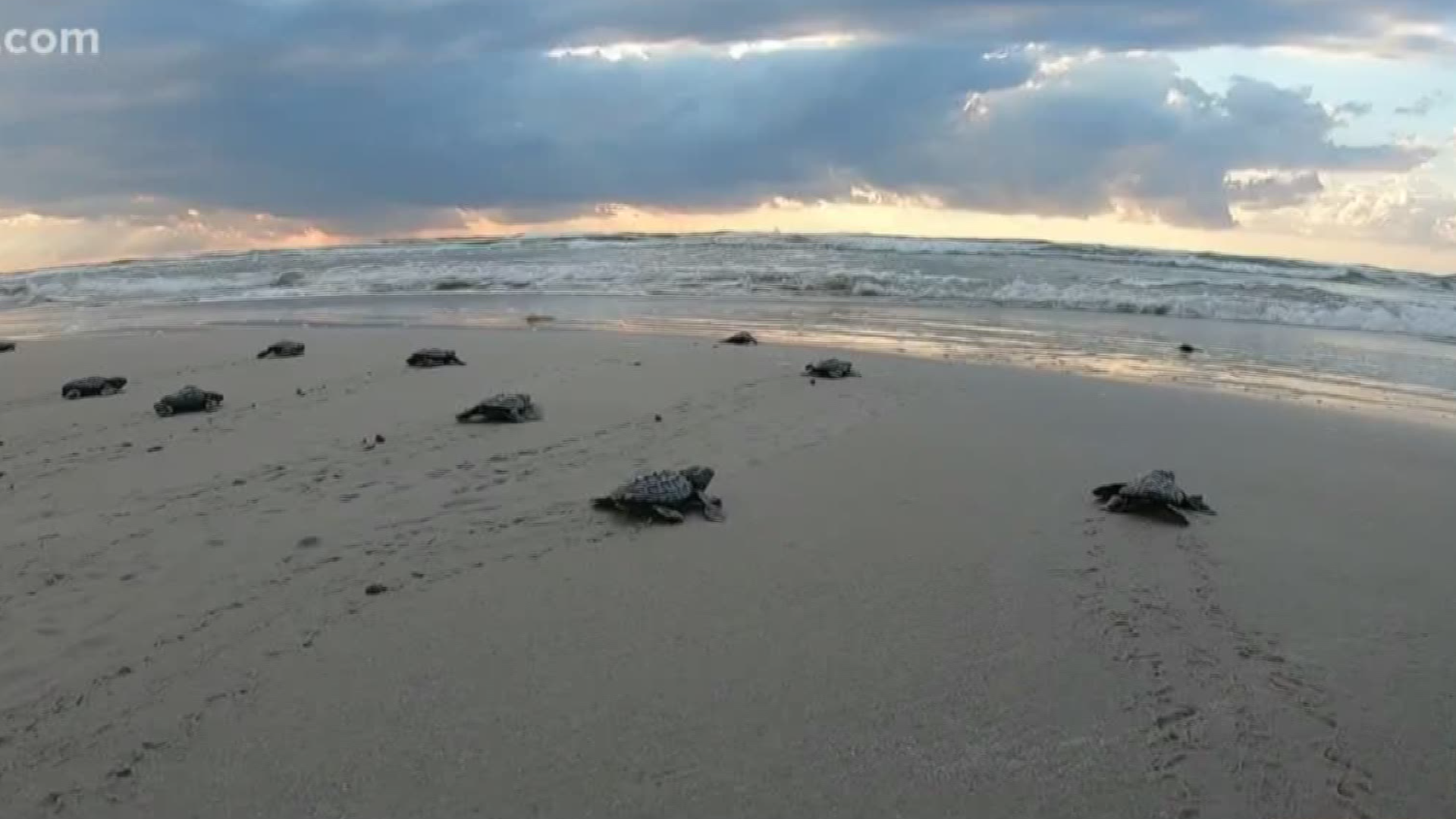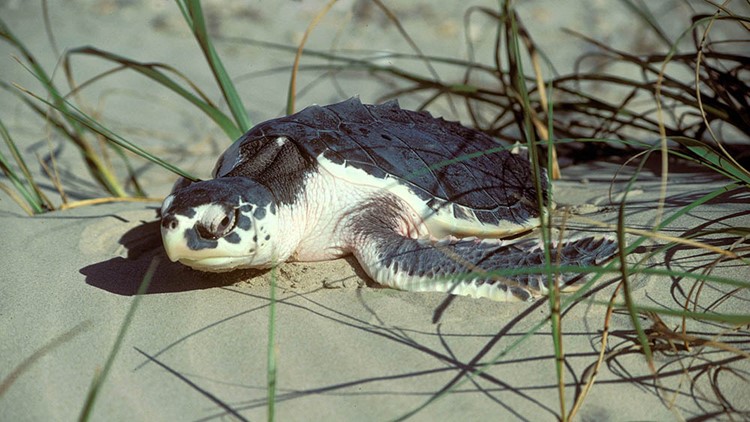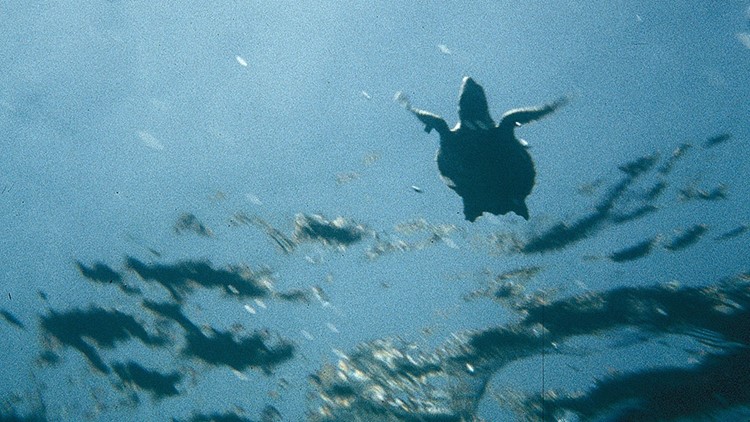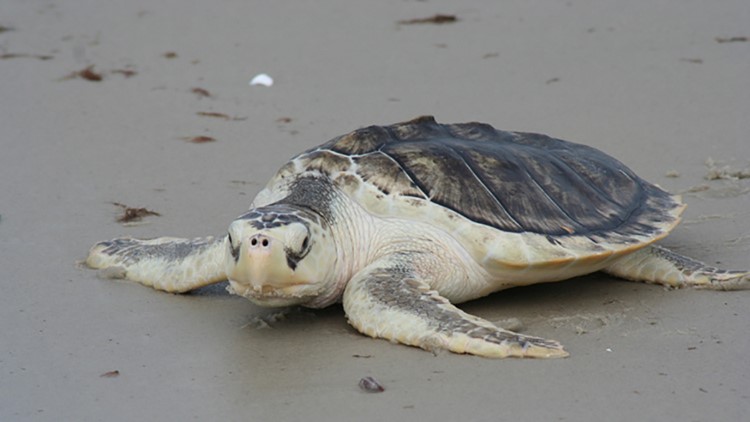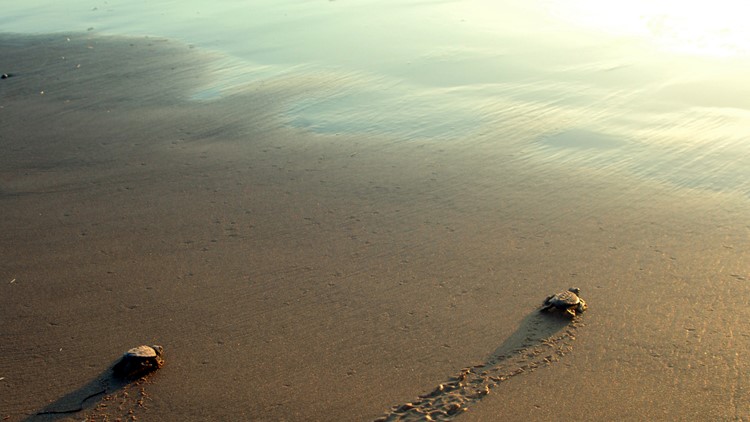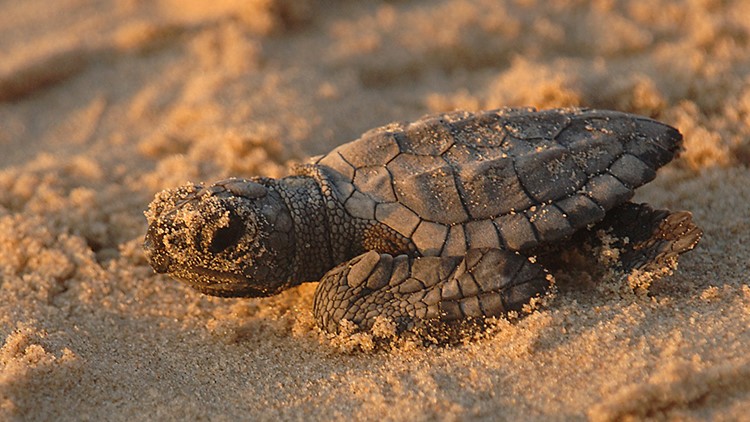GALVESTON, Texas — The world’s a dangerous place if you’re a sea turtle.
For one thing, you could be attacked by a shark while swimming in the Gulf of Mexico. You could get impaled by a fishing hook or tangled up in some line or ensnared in a net. You could mistake a floating trash bag for a jellyfish and get sick from ingesting the plastic.
------------------------------------------------------------------------------------------------------
Editor's note: the video above was originally aired on June 16 by our sister station in Corpus Christi.
-------------------------------------------------------------------------------------------------------
The Kemp’s Ridley, commonly found in Texas and Mexico, is the most critically endangered sea turtle in the world.
So it makes sense for Texas A&M University to open a new short-term hospital for turtles on its Pelican Isle campus in Galveston this fall.
“People love sea turtles and want to see turtles be healthy. We also want to know what’s going on in the sea turtle population,” center Director Christopher Marshall told the Galveston County Daily News. “We intend this to be a tourist attraction."
Texas A&M is hoping to raise enough money to add a long-term recovery center in the next few years.
Fun turtle facts from TPWD
- Female Kemp's Ridleys come ashore to nest and will return to the same beach every year, according to the Texas Parks and Wildlife Department.
- TWPD says large groups of nesting females, known as arribazones, only lay eggs during the day.
- Each one digs a hole in the sand to lay as many as 100 eggs during nesting season.
- The tiny hatchlings -- with shells the size of a half-dollar -- immediately rush to the water.
- Only about one percent of all eggs hatched will survive to sexual maturity, which is 10 to 15 years for females.
- Not much is known about the males because they never leave the water.
- Turtles can go two to three months without food.
- Their diet consists mostly of crabs; also shrimp, snails, clams, jellyfish, sea stars, and fish.
- Predators of the Kemp's ridley sea turtle include humans (hunting, boat propellers, nets, and refuse), shore birds, sharks and other sea animals.
- If the water grows cold, these sea turtles can adjust their metabolic rate and can remain underwater for hours.
- Eggs placed in a warm incubator tend to hatch as female turtles. Eggs kept at cooler temperatures hatch as males.
- The Kemp's ridley is the smallest of all the sea turtles.
- It is known as the tortuga lora in Mexico, which means "parrot turtle" in reference to the beak-like shape of its head.
Photos: Kemp's Ridley sea turtles
This story is partially from our news partners at the Galveston Daily News. Read more here.
The Texas Parks & Wildlife Department contributed to this report.

